When supermassive black holes barrel toward collision, they can reach speeds of up to 1/10th the speed of light, new research suggests.
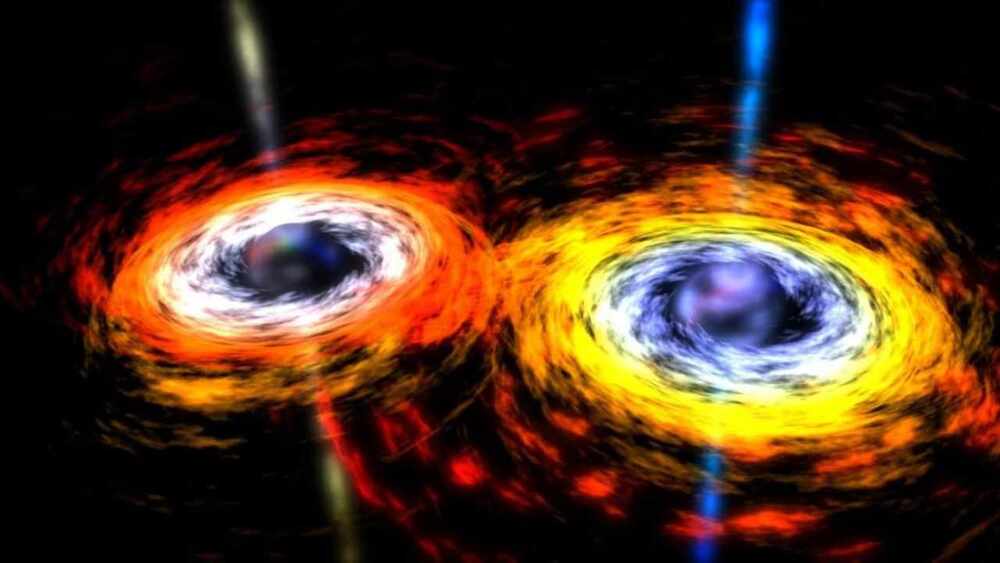

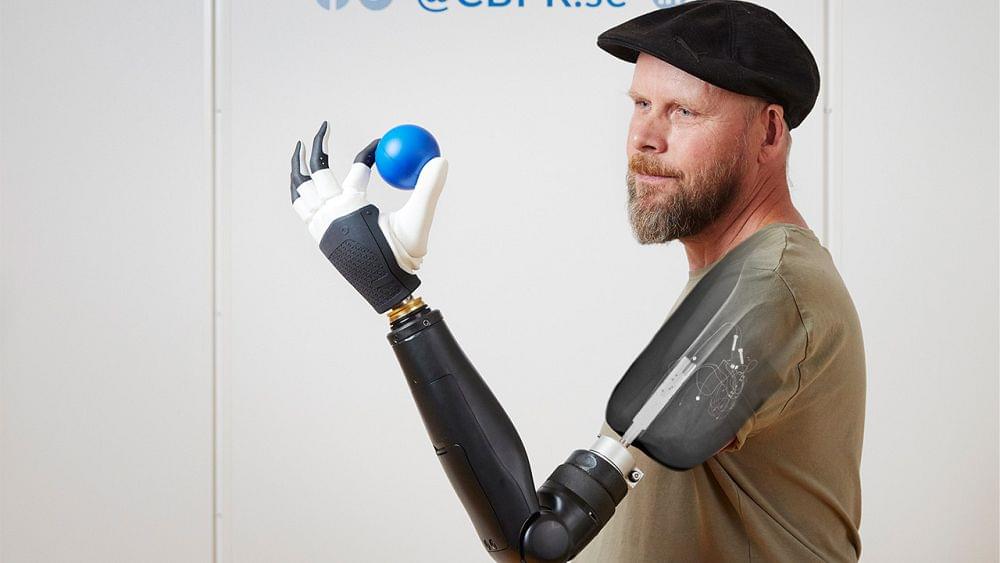
New bionic hand with better move of fingers.
Successful testing of the bionic hand has already been conducted on a patient who lost his arm above the elbow.
In a world first, surgeons and engineers have developed a new bionic hand that allows users with arm amputations to effortlessly control each finger as though it was their own body.
The innovation could revolutionise the way prosthetic limbs are designed and used, with scientists hailing it as a “major breakthrough”.
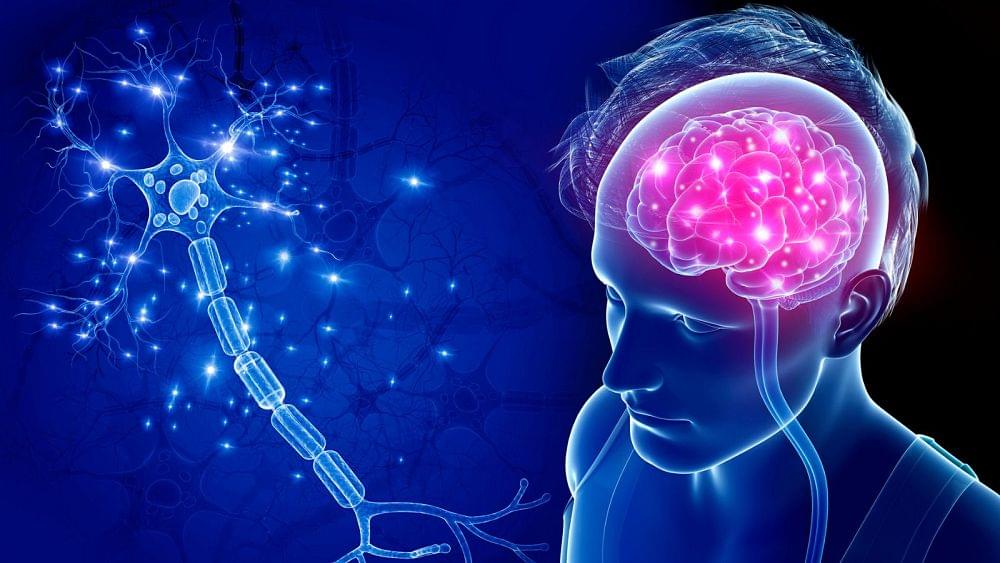
How looks life with na implant in brain.
Brain-computer interface technology is a fast-growing field but how does it feel to live with an implant inside of you?
In 2014, Ian Burkhart looked down at his hand and imagined closing it. To his astonishment, his hand did just that.
This was the first time a paraplegic person had regained the ability to move his arm by the sheer force of his thought, assisted by an implant in his brain.

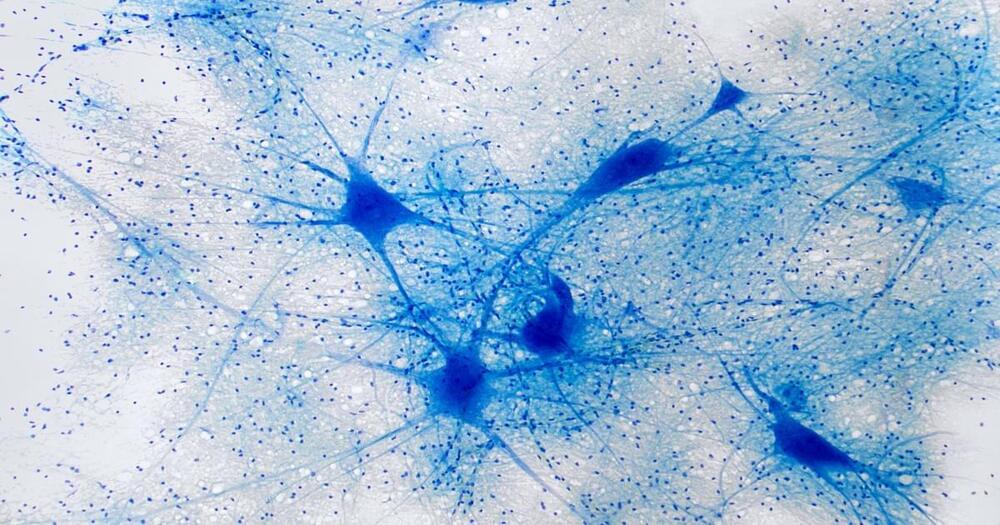
The viral ALS Ice Bucket Challenge a few years ago raised major funding that resulted in the discovery of new genes connected to the disease. One of those genes is NEK1, in which mutations have been linked to as much as 2% of all ALS cases, making it one of the top-known causes of the disease.
But it wasn’t known how the mutated gene disrupts the function of the motor neuron and causes it to degenerate and die.
Northwestern Medicine scientists have discovered for the first time how this mutated gene leads to ALS (amyotrophic lateral sclerosis).
We know that humans are an intelligent species. But this biologist breaks down the intelligence of each of our cells — and it will blow your mind.
❍ Subscribe to The Well on YouTube: https://bit.ly/welcometothewell.
❍ Up next: An evolutionary history of the human brain, in 7 minutes https://www.youtube.com/watch?v=NGArM23mMNM
Michael Levin, a developmental biologist at Tufts University, challenges conventional notions of intelligence, arguing that it is inherently collective rather than individual.
Levin explains that we are collections of cells, with each cell possessing competencies developed from their evolution from unicellular organisms. This forms a multi-scale competency architecture, where each level, from cells to tissues to organs, is solving problems within their unique spaces.
Levin emphasizes that properly recognizing intelligence, which spans different scales of existence, is vital for understanding life’s complexities. And this perspective suggests a radical shift in understanding ourselves and the world around us, acknowledging the cognitive abilities present at every level of our existence.
Read the full video transcript: https://bigthink.com/the-well/intelligence-can-cells-think.

The company achieved proof-of-concept with trastuzumab, an anti-HER2 antibody. Preclinical studies show Multilink increases cytotoxicity and improves tumor regression.
In mouse studies, tumor volume after 49 days was approximately half its original size with Trastuzumab Multilink (T-Multilink) with mertansine (DM1), but had grown four-fold when treated with the same compound without the linker. Comparable studies with T-Multilink-auristatin F showed complete tumor regression by about day 25, while treatment without the linker allowed the tumor to approximately triple in size.
“Multilink is a powerful technology to tackle cancers with low antigen expression,” Marx says. Debiopharm is using it to develop “novel, potent, stable, and safe ADCs for various antibodies.”
Four astronauts from four countries launched on SpaceX Dragon capsule to the International Space Station for a six-month mission. They lifted off from NASA’s…
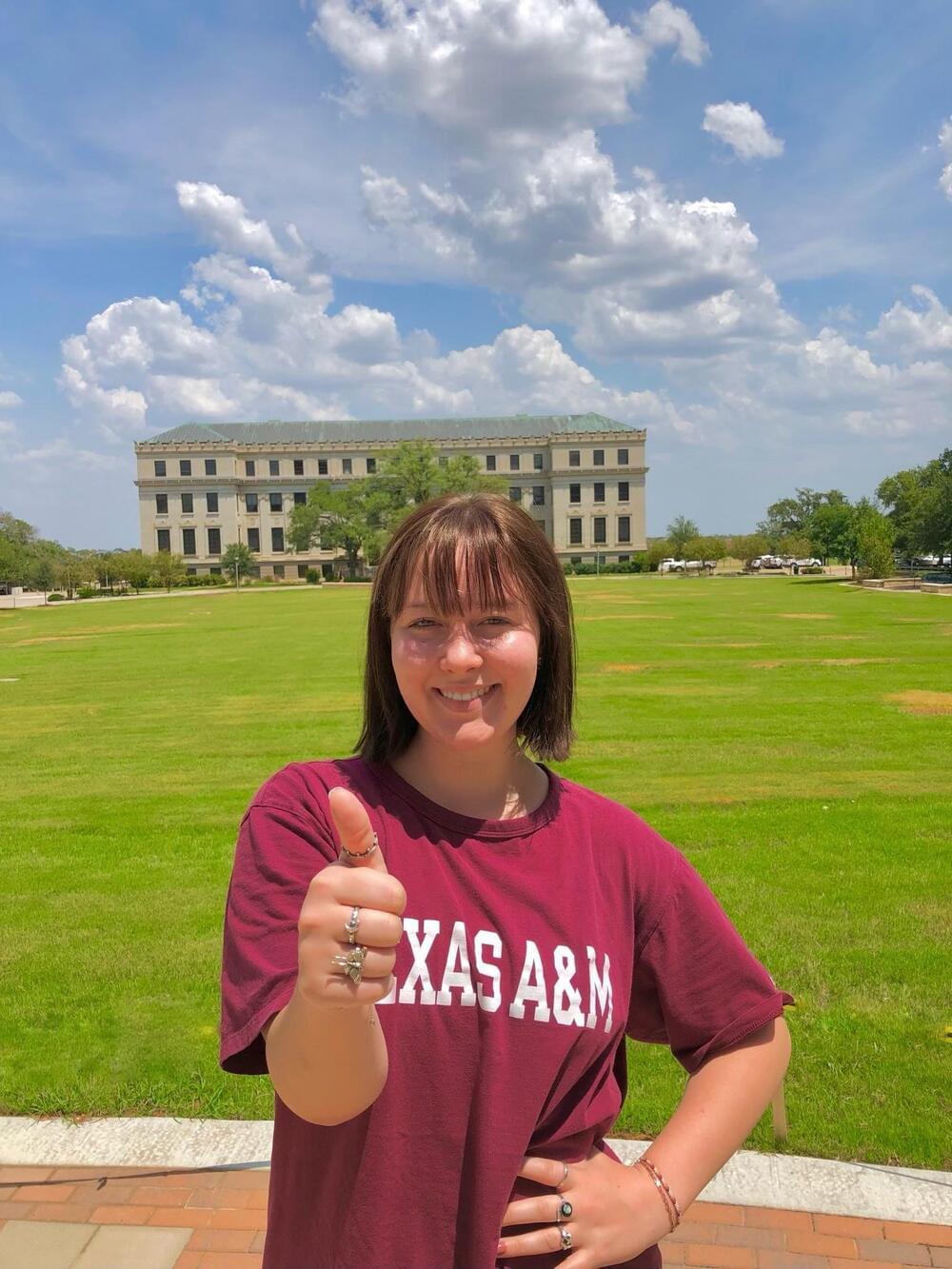
These 120 people (91 pictured due to size restrictions) have dedicated their lives, their ideas and often a lot of capital to bring these amazing ideas to practice. Their language is passionate and the ideas they have can at one end be big and bold, and at the other end it can get extremely technical and nuanced. Imagine trying to take these vast ideas covering so many dimensions and the hundreds of thousands of words in these conversations and try and see patterns or signals. These interviews form the underbelly of the next book I am working on, titled Envisage, 100 ideas about the world of ten years from now.
Two years ago, maybe one year ago, this would have either been a very manual and forensic examination by a team of people with expertise in the areas or a building a database. Days, weeks and even months would go by with lot of revisions.

It’s the first of its kind model and it can suggest countermeasures for dealing with natural disasters.
Global warming is causing more and more natural disasters which often lead to devastating consequences including loss of life. These take the shape of extreme weather events such as heavy rainfall, droughts, tsunamis, cyclones, landslides, avalanches, earthquakes and forest fires.
Now, civil engineers at Monash University have conceived of a first-of-its kind software called GeoXPM that can not only predict where a geo-disaster might occur but also assess the event’s impact on its surrounding environment in order to mitigate its consequences. This is because the model can make suggestions of next steps to take to avoid dire loss of life and save as much property as possible.